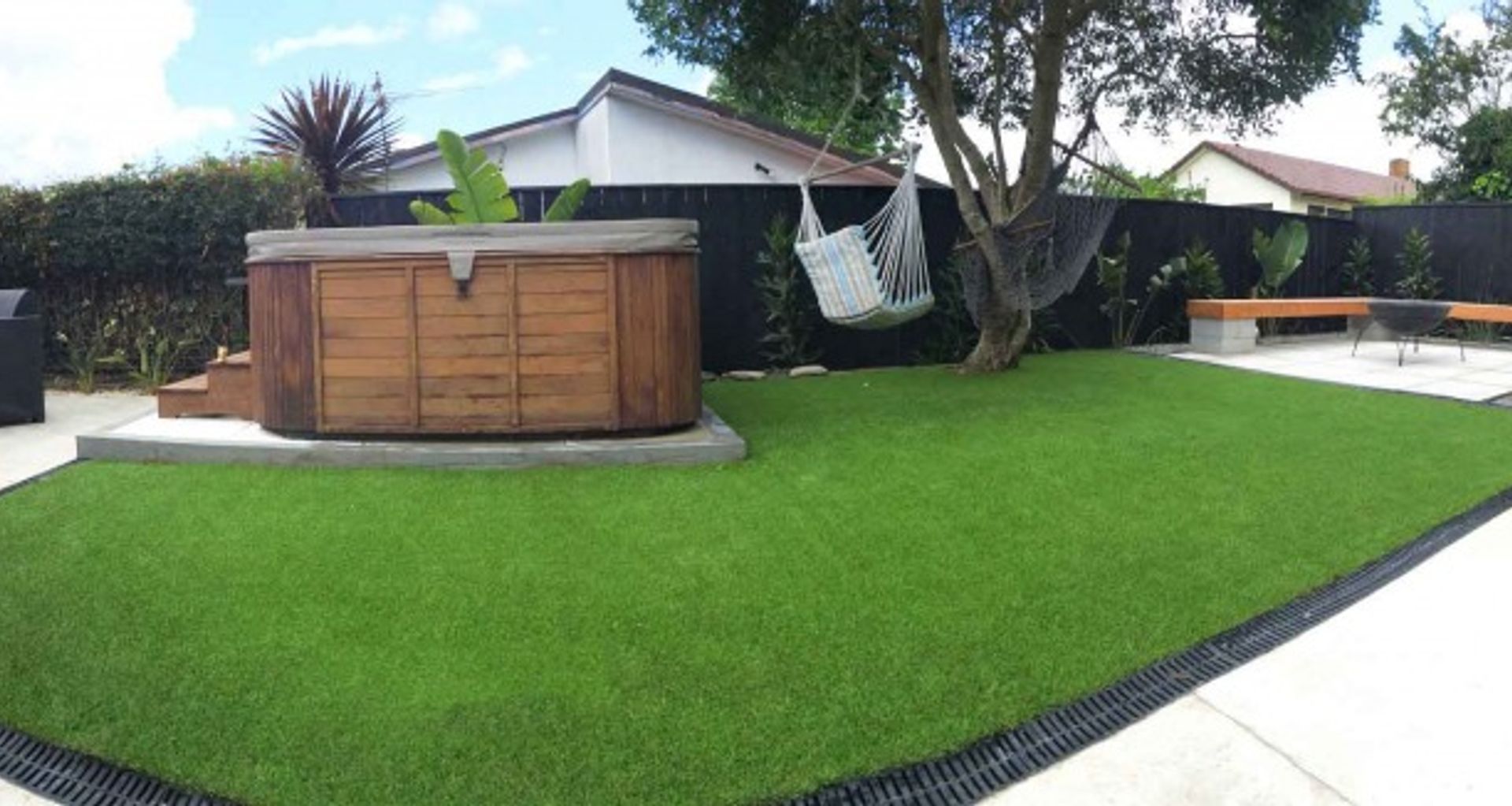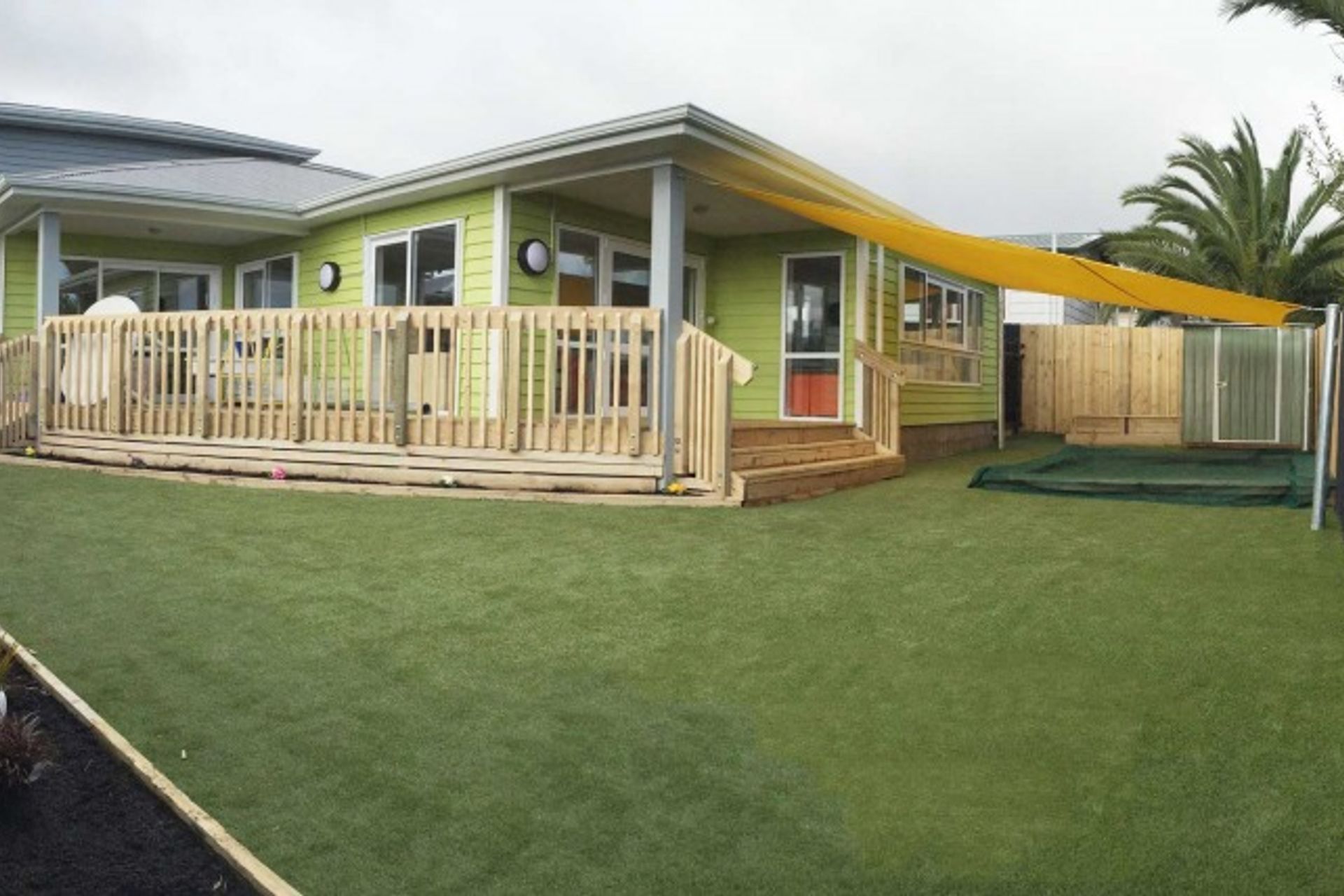Natural grass, the synthetic way
Written by
28 November 2017
•
4 min read

Artificial grass has long been a popular product, but not often for entire ‘lawn’ areas in residential settings. It’s popularity has, until recently, been predominantly centred around more commercial applications – playgrounds, childcare centres, and public spaces.
That’s changing as people become aware of the benefits of using artificial grass and the need and desire for a lifestyle that’s as maintenance-free as possible.
“Because people are wanting to avoid maintenance as much as possible, they are looking at different options for their homes,” Eco Lawn’s Gareth Tipene says. “People don’t have time to mow the lawns and they want to make the most of their free time in other ways.”
There’s another side to that story too though, and it’s perhaps the most important one; the ability to open up and create more usable spaces year-round, which with real lawns isn’t always an option. “The most common reason we hear from people who want to lay an artificial lawn is that they can’t use their lawn area throughout winter because it is muddy, which means it isn’t ideal for children or pets either during these months.”
A common misconception about artificial grass is that it isn’t suitable for children and pets, and that’s something that Gareth says is starting to change as people become more familiar with the product. “Our products all come with a 10-year warranty and they are ideally suited to pets and children, in particular,” he says. “While any animal faeces should be removed, it’s really up to the owner how often this is done, just as with a real lawn. These products operate just as a real lawn does, but without the maintenance.”
Another common misconception about artificial grass lay around the idea that it was not permeable, Gareth says. “Recently, the Auckland Unitary Plan has defined artificial grass as a permeable product, which is a great thing. There are often restrictions around having a certain percentage of a section covered with permeable materials that will allow water to drain through them, so until this was added into the Unitary Plan, artifical grass was not one of those products.”
While artificial grass has many benefits, if it isn’t laid correctly, it will not perform well over time and won’t create such a stunning visual effect. That’s when it’s important to ensure professionals are engaged to properly prepare the site and lay the grass, Gareth says.
“The preparation of the site is the most important aspect of the job. Preparing the substrate ensures a consistent, even surface on which to lay the grass. This involves removing at least 70mm of soil and replacing that with at least 80mm of GAP7 aggregate, which is essentially crushed rock. We then level the area and compact it.”
An optional addition to this preparation phase is geotech matting, which is placed underneath the substrate to improve drainage and stability. “While this isn’t part of the standard application, it is particularly useful on some sites where drainage is an issue,” Gareth says. “The matting also doesn’t allow any mud to come back through it.”
Once the substrate is completed, the grass is laid and cut to shape with the joins seam sealed using tape and an adhesive. It is pinned into the ground with 130mm pins placed every 250-350mm around the perimeter.

The final step is to add sand to the grass. “We put about 10 kilos of washed and dried sand into every square metre of grass. This adds body to the product and helps to stabilise it. When the sand is brushed into the piles or blades, it also helps the individual blades to stand upright.
“The sand sits at the very bottom of the product and so isn’t come into contact with when walking on the grass, which is another misconception people used to have, ie that they would be walking sand into the interiors. This isn’t the case at all.
“With artificial grass every lump or dip in the substrate becomes much more visible once the grass is laid so it’s crucial to get the preparation right and use professionals to undertake this stage.”
Eco Lawn’s grasses can also be installed over decking and in a wide-ranging series of applications from rooftops through to paved spaces.
Eco Lawn offers a range of grasses, each with different profiles and aesthetic qualities very similar to different varieties of natural grass. All Eco Lawn’s products are made in Australia and come with a 10-year warranty.
If you’re thinking about maintenance-free options for your next project, get in touch with Eco Lawn on ArchiPro here to discuss the options.

